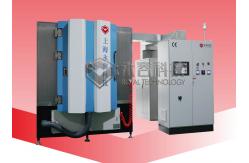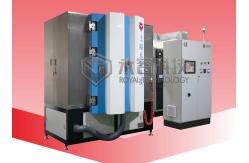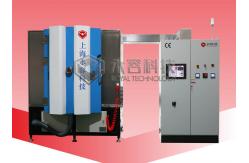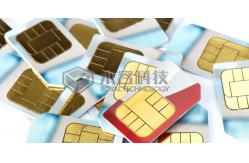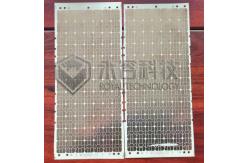Printed Circuit Board PVD Magnetron Sputtering Coating Machine-RTSP1200-PCB
|
|
Technical Background Everyone who is involved with the PCB industry knows that PCBs which have copper finishes on the surface requires a protective layer to protect it against from oxidize and deteriorate, meanwhile the film must with high hardness and abrasion resistance to guarantee the lifetime. Royal Technology spent 6 months in R&D, over 20 times experiment to finalized the proper coating processes. More exciting new is in March 2020, we delivered the massive production machine to our customer’s site with a high accomplishment result. Key Features Planar Sputtering Cathodes Applying PVD (Physical Vapor Deposition) coatings on Printed Circuit Boards (PCBs) can provide various benefits in terms of performance, protection, and aesthetics. Here's an overview of how PVD coatings can be advantageous for PCBs: Benefits of PVD Coatings on PCBs: Corrosion Resistance: PVD coatings can protect PCBs from corrosion caused by environmental factors, extending the lifespan of electronic devices. Enhanced Electrical Performance: Certain PVD coatings can improve the electrical conductivity of PCB traces and components, reducing resistivity and signal loss. Solderability: PVD coatings can enhance the solderability of PCB pads and components, ensuring reliable solder joints during assembly. Wear Resistance: PVD coatings can protect PCB surfaces from wear, scratches, and abrasion during handling and use. Thermal Management: Some PVD coatings offer thermal management properties, aiding in heat dissipation and improving the overall performance of electronic devices. Aesthetics: PVD coatings can provide a visually appealing finish to PCBs, adding a decorative element to electronic products. Common Types of PVD Coatings for PCBs: Titanium Nitride (TiN): Offers excellent corrosion resistance, wear resistance, and a gold-colored finish. Titanium Carbon Nitride (TiCN): Combines the properties of TiN and improved hardness for increased wear resistance. Aluminum Titanium Nitride (AlTiN): Provides enhanced oxidation resistance and high-temperature stability. Application of PVD Coatings on PCBs: Cleaning and Preparation: The PCB surface is thoroughly cleaned and prepared to ensure proper adhesion of the PVD coating. PVD Deposition: The PCB is placed in a PVD chamber where the desired coating material is vaporized and deposited onto the surface under vacuum conditions. Controlled Thickness: The thickness of the PVD coating can be precisely controlled to meet the requirements of the PCB design. Quality Assurance: Post-coating inspections are typically carried out to verify coating uniformity, adhesion, and overall quality. By utilizing PVD coatings on PCBs, manufacturers can enhance the performance, durability, and aesthetic appeal of electronic devices while ensuring their long-term reliability. Technical Specifications
These configurations are standard, for a specific developing market and new special coatings, the customized configurations and modifications are available on requests. Operation and Coating Process Training for Customers |
||||||||||||||||||||||
| Product Tags: oil diffusion pump turbo molecular pumps |
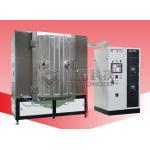
|
Magnetron Sputtering PVD Vacuum Coating Machine IPG Blue MF Sputtering Machine |
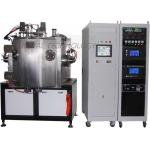
|
Metal Watches And Jewelry Gold Plating Machine With CE Certification |
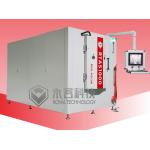
|
Vacuum Flask Magnetron Sputtering System , PVD Cooper Deposition Equipment , PVD Sputtering Copper Deposition Machine |

|
Magnetron Sputtering PVD Vacuum Coating Machine IPG Blue MF Sputtering Machine |
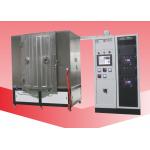
|
PVD Sputtering Chrome Coating Machine For Car Mirrors |
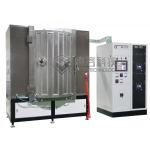
|
PVD Magnetron Sputtering Coating Machine For Automotive Hubs |

